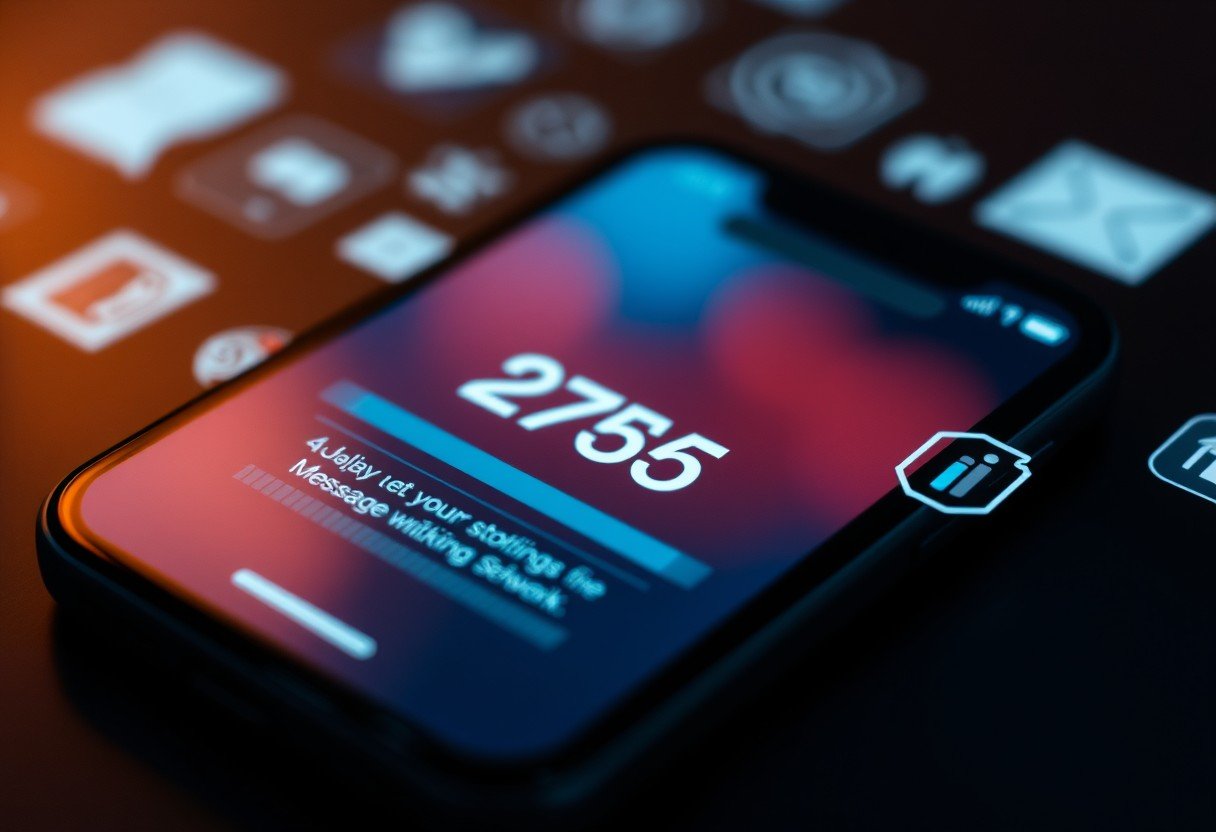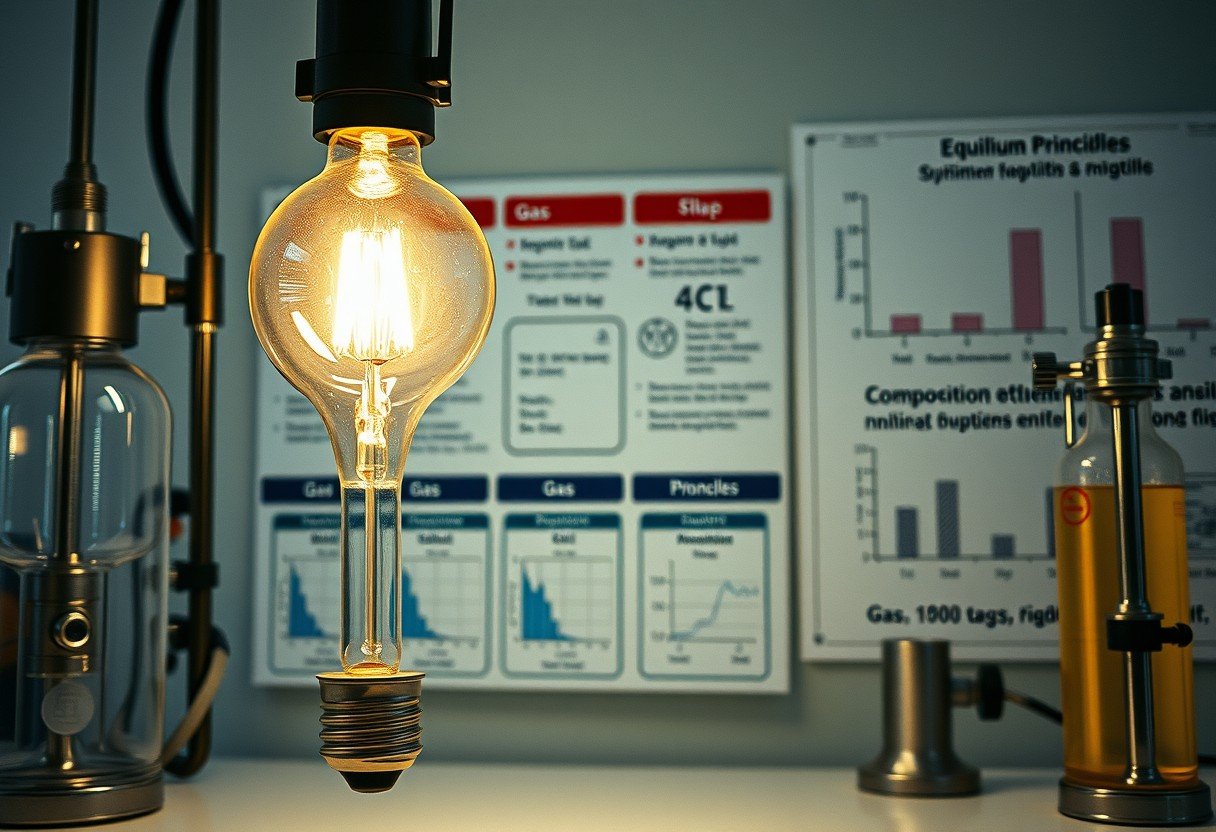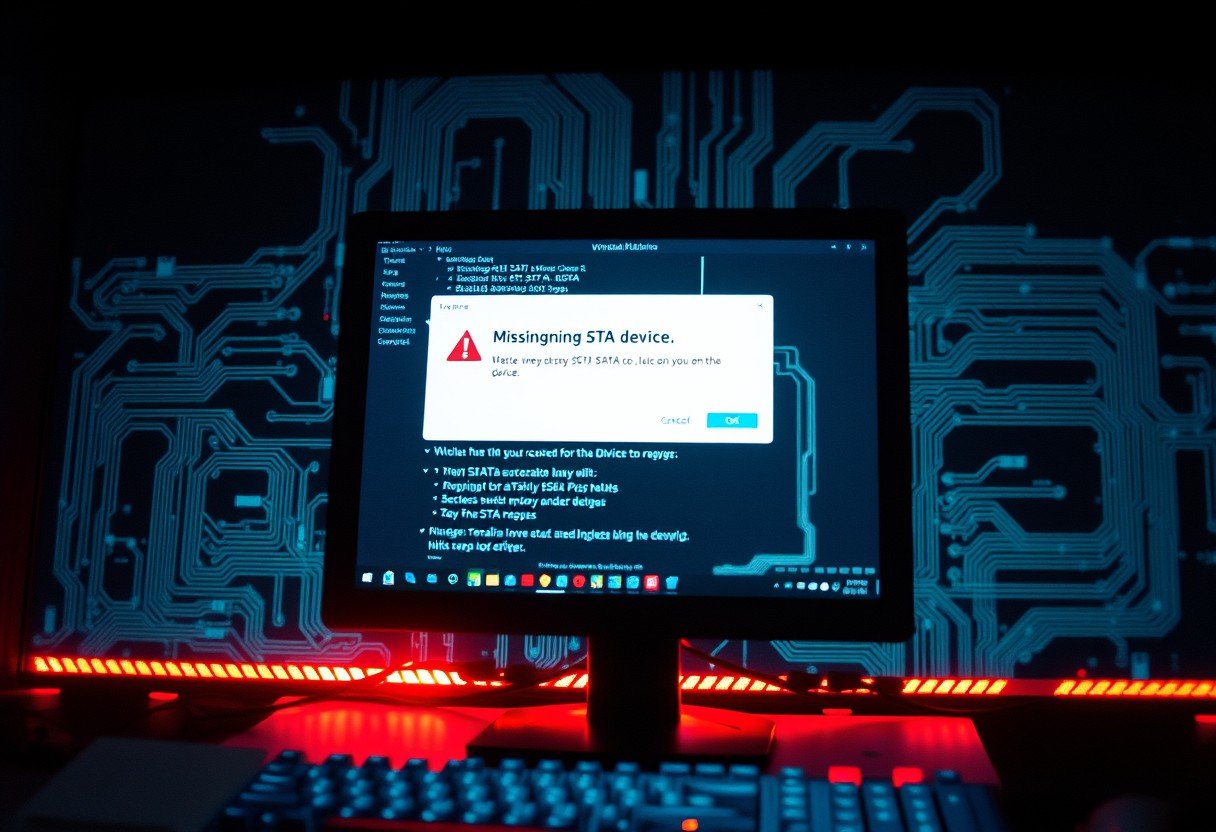Sending and receiving 100 text messages without attachments consumes a surprisingly small amount of your data plan. You can expect this activity to use roughly 200 kilobytes (KB), which is a tiny fraction of a gigabyte. This article breaks down how this data is used, compares it to other activities, and shows you how to manage your messaging data effectively. Understanding this helps you make informed choices about your mobile plan.
Understanding Your Data Consumption
Every time you send or receive information on your phone without a Wi-Fi connection, you use cellular data. This includes browsing the web, streaming video, and even sending a simple text message through an app like WhatsApp or iMessage.
Several factors can influence how much data your messaging uses. The most important ones include the specific app you are using, the length of your messages, and the strength of your network connection.
Text-only messages are highly efficient in data usage compared to messages with multimedia attachments. This makes basic texting one of the most cost-effective ways to communicate on a mobile device.
How Much Data Does a Single Text Use?
The average size of a standard text message without any pictures or videos is incredibly small. It is typically around 1 kilobyte (KB).
This tiny size is because plain text doesn’t require much information to be sent over a network. The message is just a small packet of data containing the characters you typed.
Some messaging apps may use slightly more data per message due to features like end-to-end encryption or read receipts. However, even with these additions, the data usage for a single text remains minimal. For most apps, a text is still just about 1 KB.
Because the amount is so small, it has a very low impact on your overall monthly data allowance.
Calculating Data for 100 Sent and Received Texts
To figure out the total data usage, we can do some simple math. The calculation involves adding the data used for sending messages to the data used for receiving them.
When you send 100 messages, and each one is about 1 KB, you use approximately 100 KB of data. Similarly, receiving 100 messages from someone else uses another 100 KB of data on your end.
Therefore, for a two-way exchange of 100 messages, you can expect to use approximately 200 KB of data. This assumes all messages are plain text without any attachments, emojis, or other rich media.
Comparing Texting to Other Data Activities
To put the data usage of texting into perspective, it is helpful to compare it with other common activities on your phone. You will quickly see how efficient texting really is.
Activities like voice and video calls consume data at a much faster rate because they require a continuous stream of information. A short video call can use more data than thousands of text messages.
| Activity | Approximate Data Usage |
|---|---|
| Sending & Receiving 100 Texts | ~200 KB |
| Voice Call (1 minute) | ~1 MB |
| Video Call (1 minute) | 3-5 MB |
As you can see, the data used for texting is almost negligible when compared to calls. A one-minute voice call uses about five times more data than sending and receiving 100 text messages.
Simple Ways to Reduce Messaging Data Usage
Even though texting uses very little data, you can still take steps to minimize your consumption. This is especially useful if you are on a very limited data plan or traveling internationally.
Making a few small adjustments in your phone’s settings or your messaging habits can make a difference over time. Most of these changes are easy to implement and will not affect your ability to communicate.
- Disable Auto-Download for Media: Set your messaging apps to only download photos and videos when you are connected to Wi-Fi. This is one of the most effective ways to save cellular data.
- Limit Background Data: Go into your phone’s settings and restrict which apps can use data in the background. This prevents them from using data when you are not actively using them.
- Stick to Text: Whenever possible, communicate with plain text instead of sending GIFs, stickers, or emojis, as these use more data.
Using Wi-Fi whenever it is available is the best overall strategy for saving your cellular data. All data used over a Wi-Fi network does not count against your mobile plan’s allowance.
Does Your Network Connection Affect Data Use?
The type and quality of your network connection can influence your data usage. While the size of the message itself doesn’t change, network performance can cause your phone to use more data than necessary.
When you are on a Wi-Fi network, your connection is usually stable, leading to efficient data use. Cellular networks, however, can be less predictable.
A poor cellular signal is a common cause of increased data consumption. If your signal is weak, your phone might have to try sending a message multiple times before it is successful. Each attempt uses data. This means a weak signal can cause your phone to use two or three times the data for a single message. To avoid this, try to send messages when you have a strong and stable connection.
Frequently Asked Questions
What is the approximate data usage for sending and receiving 100 messages with no attachments?
The total data usage for sending and receiving 100 plain text messages is about 200 kilobytes (KB). This is because each message, whether sent or received, is approximately 1 KB in size.
Does data usage change if I use different messaging apps?
Yes, data usage can vary slightly between apps like WhatsApp, iMessage, and Facebook Messenger. Some apps use extra data for features like encryption, but for text-only messages, the difference is usually very small and not noticeable.
How does including emojis or special characters affect data usage?
Adding emojis or special characters can increase a message’s size by a few bytes. However, this increase is extremely small. The overall impact on your data usage for 100 messages would likely be just a few extra kilobytes, which is negligible.
Is there a difference in data use when using Wi-Fi versus cellular data?
The amount of data a message uses is the same regardless of your connection. The key difference is that data used over Wi-Fi does not count against your mobile data plan, helping you save your cellular data allowance for when you truly need it.
How can I monitor my data usage for messaging apps?
Most smartphones have a data usage section in their settings menu. Here, you can see a breakdown of how much data each application has used over a specific period, allowing you to track your messaging apps easily.







Leave a Comment